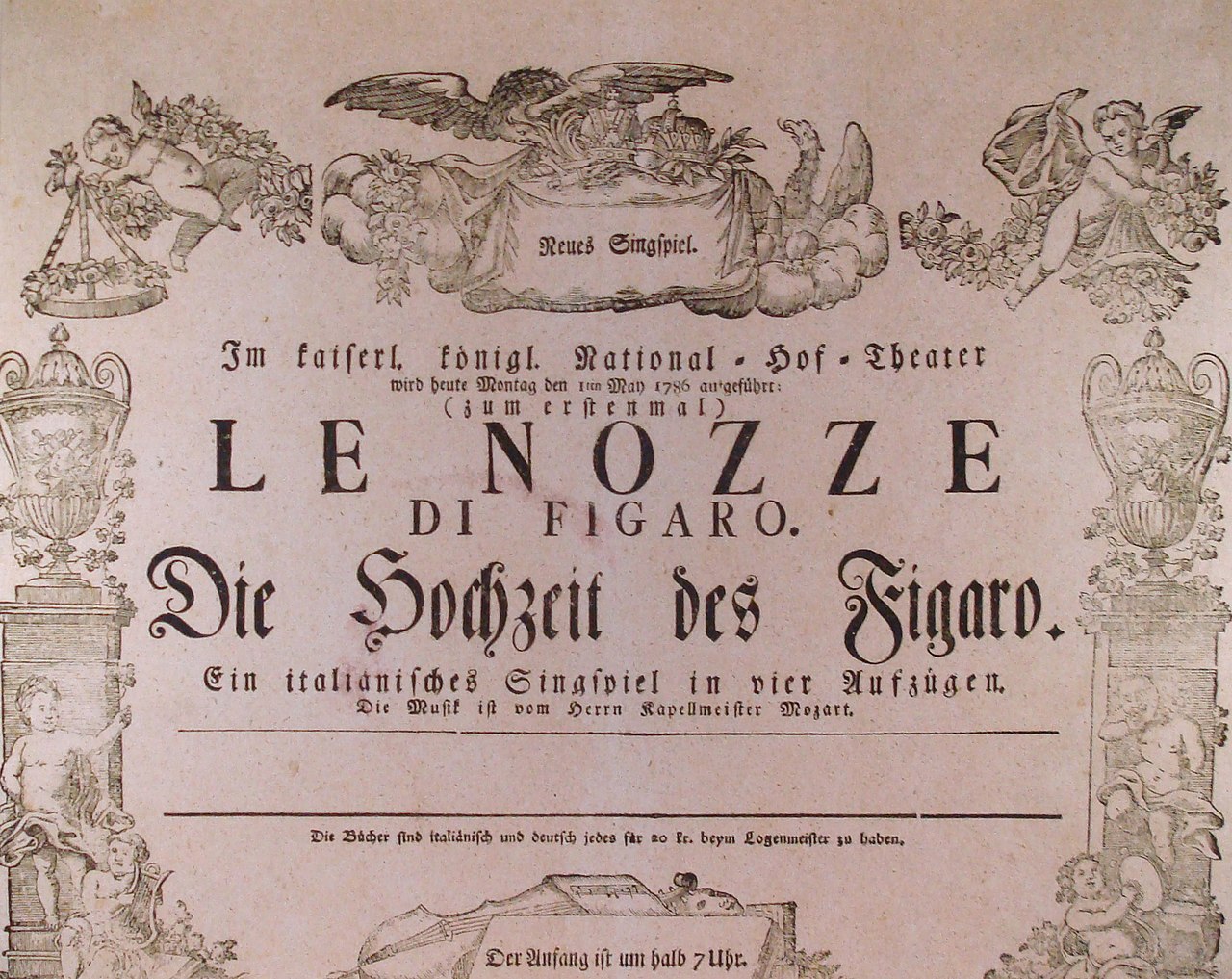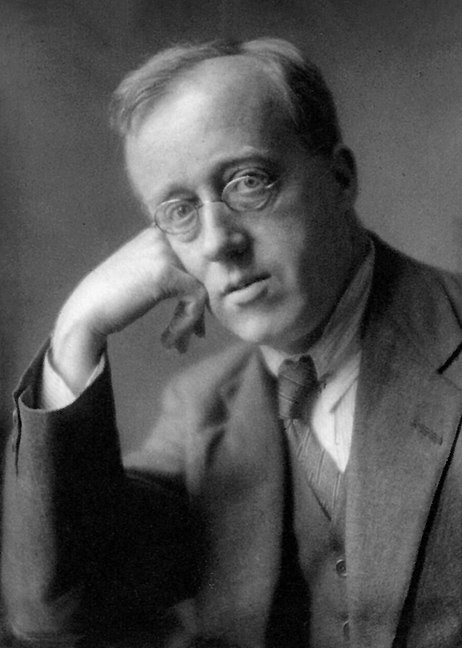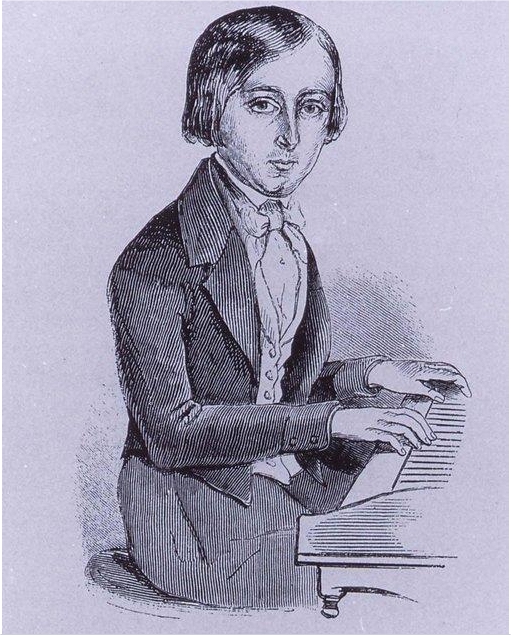Top Happy Classical Music Pieces
As we already said in earlier posts, playing and listening to music can produce a variety of emotions. We’ve already done an article on sad music, but not all classical music has to be sad or serious! This time we’re presenting you the top list of classical music we think are anthems of happiness:
Overture to The Marriage of Figaro – Mozart
The “presto” (very fast) overture to this comic opera is so famous that it is even performed independently as a concert all around the world. Starting with a fast but pianissimo motif, and immediately exploding into a comic fanfare, this piece is probably the happiest classical music piece of history.

'Largo al factotum' (from The Barber of Seville) – Rossini
Possibly the most renowned opera aria in the world, it is one of the most difficult arias for baritones. Its title means “Make way for the factotum” (factotum meaning general servant, from the Latin “do everything”), and its lyrics express the funny situation of a barber who is requested to do lots of things by people from his town.

First movement of Symphony No. 39 in E-flat major - Mozart
Composed in the summer of 1788, this symphony, scored for normal orchestra of the time plus clarinets, starts with a fanfare played by the brass section. The mood of this first section is joyful, and features a bright use of the orchestral palette, which makes it an easy listening piece that can make any listener happy.

Gustav Holst - The Planets - Jupiter, the Bringer of Jollity
The Planets is an orchestral suite written between 1914 and 1916. Each of its movements is named after a planet of our Solar System. Jupiter was intended to be the last movement of the piece, but it is so happy that the composer hated to finish with that piece. He even stated “in the real world the end is not happy at all”. That’s why this is now the fourth movement of seven pieces.

Franz Schubert: Trout quintet - 4. theme and variations
Piano Quintet in A major, D. 667, popularly known as “Trout” Quintet, was composed in 1819 when Schubert was 22 years old. Its popular denominations comes from an earlier piece by the same composer, the Lied “Die Forelle" (The Trout), on which the fourth movement of the quintet is based. The piece is a fast and optimistic piece, which makes it really easy to listen.

Dvorak American Quartet - 4th movement
Dvorak’s String Quartet in F major Op. 96 was composed in 1893, and it is among the most popular pieces of chamber music. In its fourth movement the melody is based on the pentatonic scale, and has a dense rhythmic structure in a fast tempo context, which makes it a really upbeat piece that is inspiring and jubilant.

Le rouet d`Omphale, op. 31 by Camille Saint-Saëns
The Spinning Wheel of Omphale or Omphale's Spinning Wheel is a symphonic poem composed in 1871. It illustrates the story of Hercules serving as slave to the Lydian queen. It is a short piece in sonatina form, with a naive character that immediately changes the listener mood.

This waltz, originally called An der schönen blauen Donau, Op. 314 (German for "By the Beautiful Blue Danube") is a waltz that can be considered among the happiest music pieces of the world. It is also considered an unofficial Austrian National anthem. The waltz consists of an introduction and five themes, all of them having a lively character.

Tchaikovsky Nutcracker Suite - Russian Dance
Based on a Russian/Ukrainian ethnic dance in which its dancers kicks legs from a squatting position, this piece expresses excitement and celebration. It is considered among the most popular pieces by Tchaikovsky, and probably the most known in the Nutcracker ballet.
This short orchestral piece first performed in 1828 is known as Ravel’s most famous composition. It was originally composed as a ballet, commissioned by Ida Rubinstein, but it is nowadays played as a concert piece. It is based on a repeated theme which is reorchestrated in every appearance. It is a really easy listening piece that produces joy in the listeners.

Join Our Newsletter
Get weekly updates on new features with the Musopen newsletter.